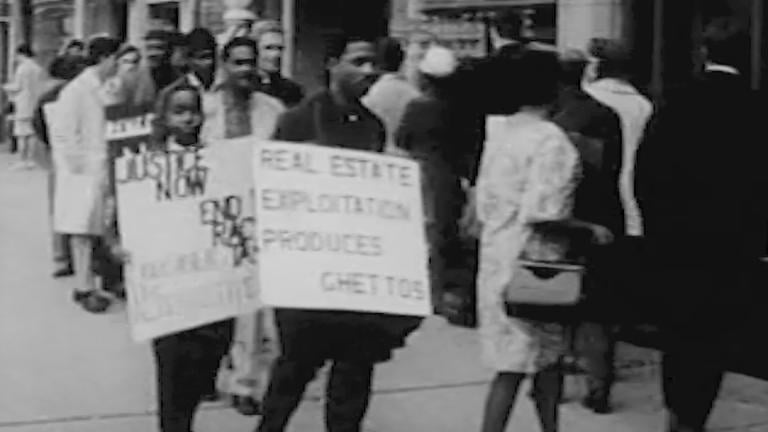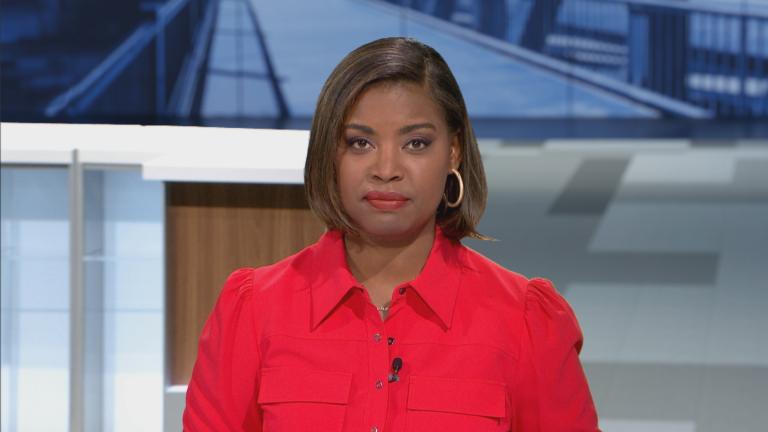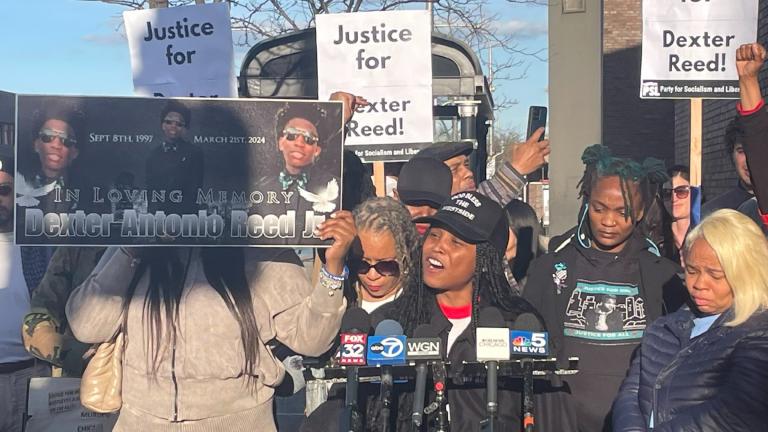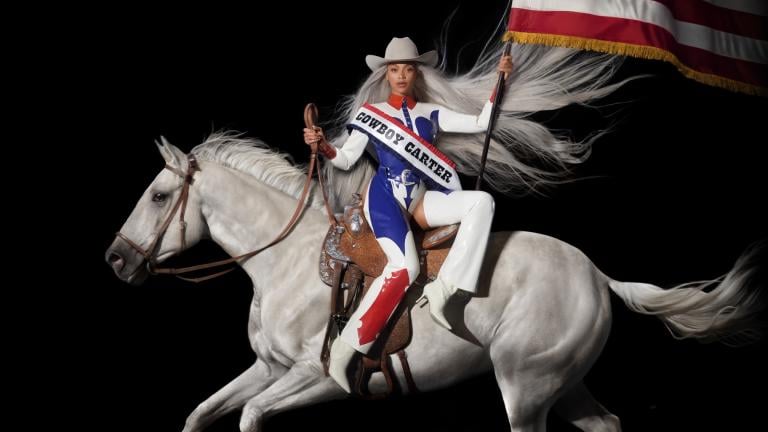In a new exhibit titled “Wishing Well,” a local artist is hoping to educate the public on what they can do in the fight for water justice.
“In the wake of a climate crisis, our access to water is going to be even more precarious than it already is,” said Mechiya Jamison, an environmental artist, storyteller and the curator behind the exhibit. “So much of our climate crisis is a result of us being in an incorrect relationship with our ecosystem. For me, it’s important for us to have a full picture of what our earth looks like so that we can envision what justice looks like and a greater earth looks like.”
Jamison’s hope is that Black people are able to reclaim their relationship with water.
“Oftentimes when we talk about water as Black people, it’s often the conversation of, ‘I can’t get my hair wet,’ or ‘I can’t swim,’” Jamison said. “There are institutional injustices that tie to why we even think that way. In order for us to have freedom and liberation and joy, we have to have a good relationship with our natural environment. Water is who we are. Water is 90% of the earth, 70% of our bodies, so how can we have freedom and liberation and move forward in life if we’re not able to acknowledge the injustice and also find the power and agency in creating a greater narrative, pushing the conversation forward and past what we’ve been conditioned to believe about ourselves and our relationship with water.”
This comes as a 2022 Guardian analysis found that majority Black and Latino neighborhoods had the highest concentration of lead in their tap water. As of a few months ago, the city of Chicago had replaced fewer than 300 lead service lines out of about 390,000.
“Those [lead service lines] tend to show up at single family and two-flat homes,” said Iyana Simba, the city programs director at the Illinois Environmental Council. “A lot of historically Black communities like Englewood, South Chicago, Austin have a lot of those homes so they are the most subject in having lead in their water. … It has a bunch of terrible impacts. It’s often led to learning disabilities, violent behavior, kidney disease and issues with our reproductive system.”
Simba also pointed to water affordability and water debt as a common issue in Black communities.
“Water rates have increased by 80% in the last decade or so, which ends up leading to water shutoffs,” Simba said. “Thankfully the city does have a moratorium on water shutoffs, but people can still have liens placed on their homes if they have a lot of water debt. A 2021 study found that Chicagoans had accumulated $421 million in water debt, and 60% of that was concentrated in Black communities.”
The “Wishing Well” exhibit runs through May 25 at the Fortunehouse Art Center in Bronzeville.








